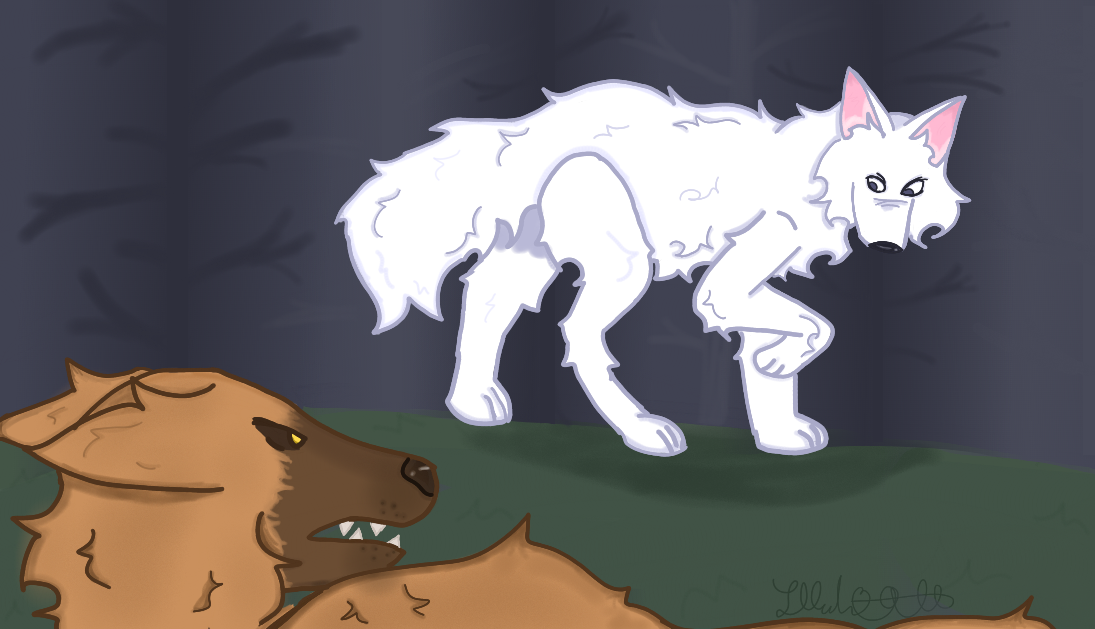Dire wolves were an extinct canine species that looked like normal wolves but were three and a half feet tall when on all fours. When they stand on their hind legs, they can be up to six feet. They were 25% larger than the average modern gray wolves that we have today, weighing an estimated 125-175 pounds. Scientists believe that they had light-whitish fur coats due to where they lived in North America and South America around 10,000-13,000 years ago. Even though dire wolves haven’t been back in such a long time, they are closely related to modern-day gray wolves, dholes and coyotes.
Scientists from Colossal Biosciences brought back these ancient beasts using a tactic that was known in the movie series “Jurassic Park” called de-extinction. Scientists used DNA from the extinct dire wolves and filled the blanks with DNA of modern-day animals. The animal species that they picked was gray wolves, which shared 99.5% of the same DNA as the extinct species. That happened likely because dire wolves separated from another evolutionary path and grew more different than the gray wolves. Then, after that, they pick female gray wolves to hold the newly formed and cloned dire wolf embryos. This causes the gray wolves to be surrogate mothers to the previously extinct species.
This experiment started around 2021, where they analyzed the bone marrow of a 27,000-year-old ear bone and a 13,000-year-old canine tooth from separate dire wolves. Finally, after three and a half years, they successfully made three dire wolf pups. Two male twins were born on October 1, 2024. The two were named after the Roman legends that were cared for by a mother wolf and led to the making of the city of Rome. Many months later, their little sister was born on January 30, 2025. Her name is Khaleesi, named after the Mother of Dragons character in the hit show “Game of Thrones.”
Now that scientists have been able to make these canines come back to life, they plan to do that for animals such as the famous woolly mammoth that went extinct in 1650 B.C. The Dodos likely went extinct between 1662-1681. Then, finally, the Tasmanian tiger or thylacine was well known for having the last one named Benjamin in Hobart Zoo in Tasmania, Australia. How this canine became famous is having the last and first video of Benjamin in 1936.









Jody • May 27, 2025 at 12:11 am
You are a very good drawer I love that drawing I love dire wolfs
Riley M. • Apr 18, 2025 at 12:19 pm
Ah, there’s no way this could possibly go wrong